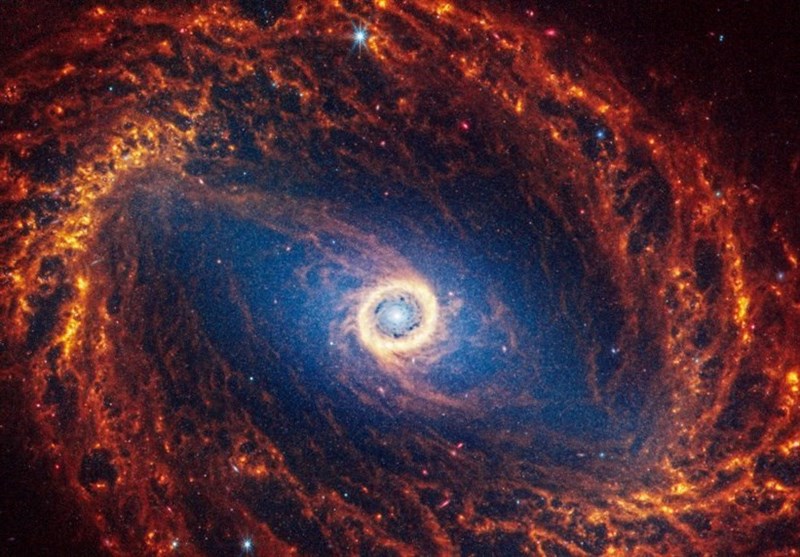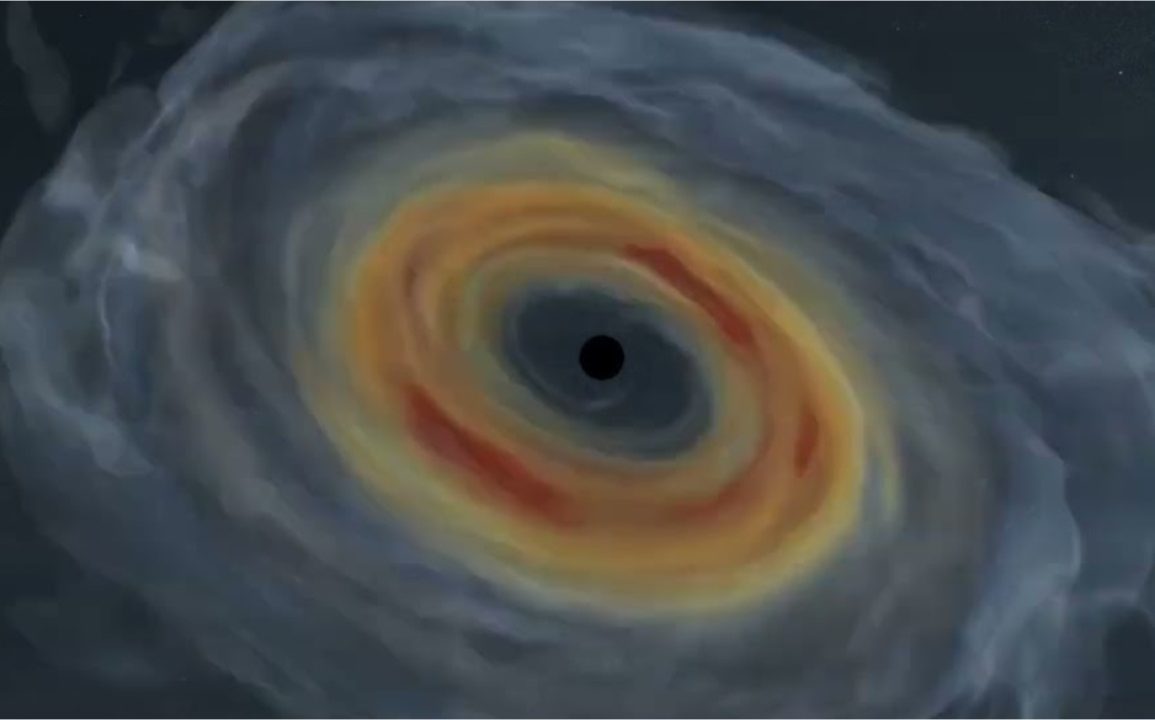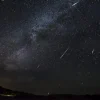Recent simulations suggest that collapsars, the remnants of massive stars that collapse and form black holes, might produce detectable gravitational waves. These waves, generated by material spiraling into the black holes, could provide new insights into the internal dynamics of stars and black holes, although detecting them poses significant challenges.
The death of a rapidly spinning, massive star can create ripples in spacetime, known as gravitational waves, which might be detectable on Earth. New research, published on August 22 in *The Astrophysical Journal Letters*, indicates that these waves could potentially be discovered by current instruments, offering a new avenue for exploring cosmic phenomena.
When a massive star, about 15 to 20 times the mass of the sun, exhausts its fuel, it undergoes a violent collapse followed by an explosion, creating a black hole surrounded by a disk of material. This material spirals into the black hole, generating gravitational waves that could travel across the universe. The intense distortion of space around the black hole during this process creates these waves.

Simulations conducted by researchers, including Ore Gottlieb from the Flatiron Institute, suggest that collapsar-generated gravitational waves could be detectable with existing instruments like LIGO. The study showed that these waves might be observable from distances of up to 50 million light-years, which, while less than the range for mergers of black holes or neutron stars, is still significant.
The simulations revealed that the gravitational waves from collapsars are more coherent and stronger than initially expected. Unlike the chaotic noise thought to be produced by collapsar events, these waves could be more distinguishable, similar to the clear signals from merging compact objects. This coherence is due to the rotating disks around collapsars emitting waves in a synchronized manner.
Efforts to detect these waves involve analyzing historical data for signs of collapsar events and looking for associated signals like supernovae or gamma-ray bursts. The goal is to identify gravitational waves from collapsars by matching them with observed astronomical phenomena. Successfully detecting these waves would greatly enhance our understanding of the inner workings of collapsars and the properties of black holes, offering insights that are otherwise inaccessible.

